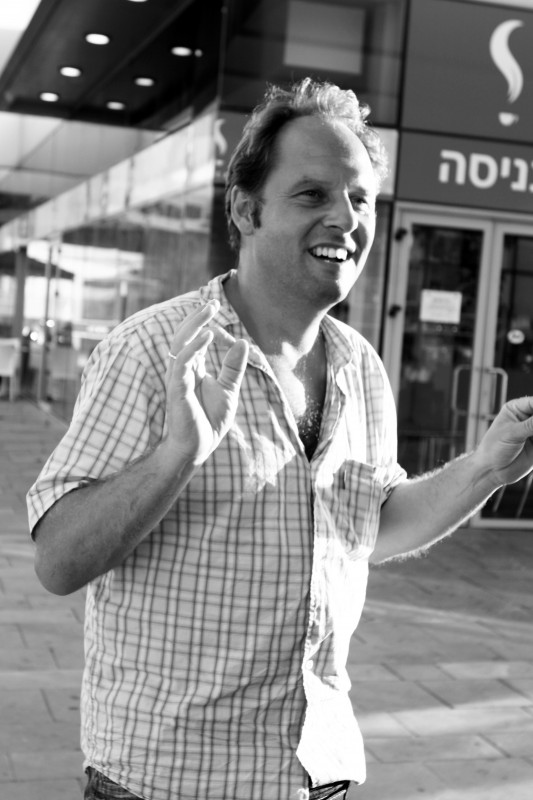The tragic death of 12-year-old Ahmed Khatib drove his family into deep despair. But in the first decisive hours after his death, his father Ismael was presented with a great decision and chose to transform his personal grief into a miracle for others. I heard about Ismael’s story on the morning of Ahmed’s death, and that same evening I began to film the incredible sequence of events that ultimately lead to the operations on the children who now live happily with Ahmed’s donated organs.
The families of these children owe Ismael Khatib thanks because he gave them the gift of life. We are indebted to Ismael Khatib because he gave us hope.
In the fall of 2007, I received a call from the production company EIKON in Berlin asking if I was interested in joining this film. I quickly agreed: the theme intrigued me, and I was excited for the opportunity to work with an Israeli director.
Leon Geller had already begun work on the film. Geller is Jewish, and the two of us often had different opinions, especially regarding the conflict between the Israelis and Palestinians. More than anything, he wanted to tell the personal story of the relationship between Ismael Khatib and Samah, the Druze girl who received the heart from Ahmed. My goal, on the other hand, was to use Ismael’s story to shed some light on the conflict between Palestinians and Israelis.
Perhaps the most important goal of the film was to help break down prejudice. In the film, one comes to know only friendly and good people — for example the happy Bedouin father who is always laughing, even when explaining that his house could be destroyed at any moment. For me, the whole cast of protagonists is truly special, and they help expand our understanding of peoples and cultures.


